Comprised of 120 vernacular images from the two photographers, TALK SOON creates new conversations with each page turn, reflecting their lockdowns
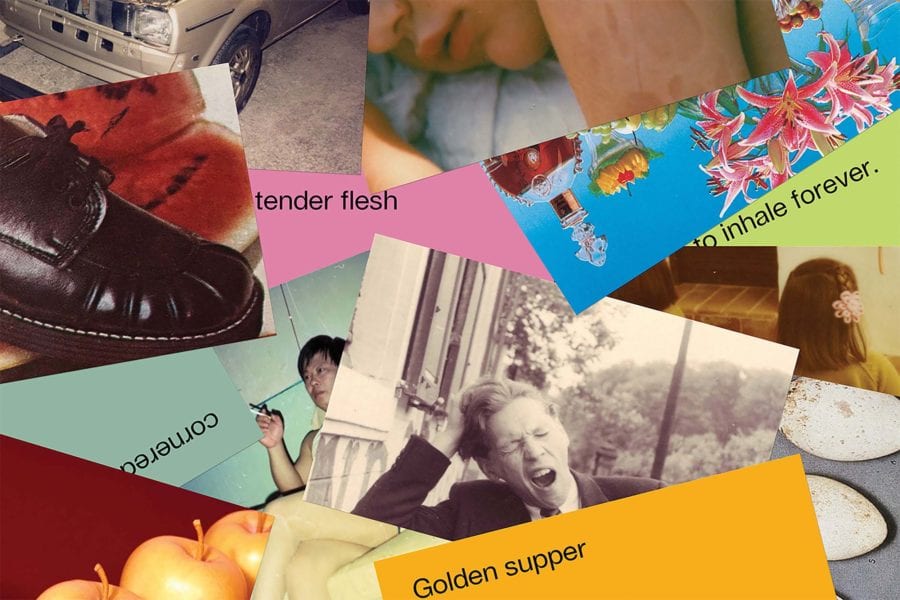

Comprised of 120 vernacular images from the two photographers, TALK SOON creates new conversations with each page turn, reflecting their lockdowns
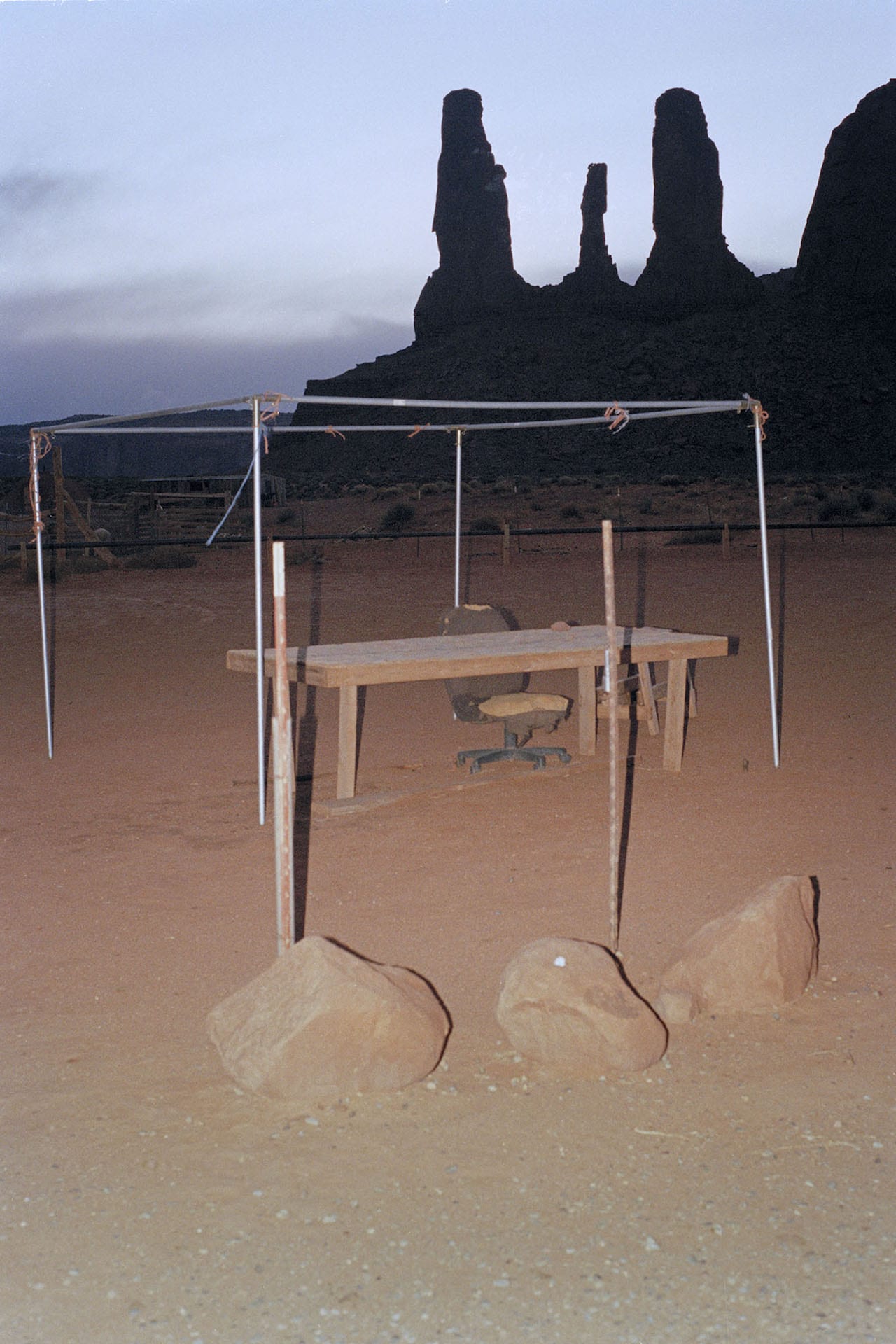
Publications we loved, and the big news stories from the last month in photobooks, including American Winter by Gerry Johansson, Void’s Hunger project, and JA Mortram’s Small Town Inertia
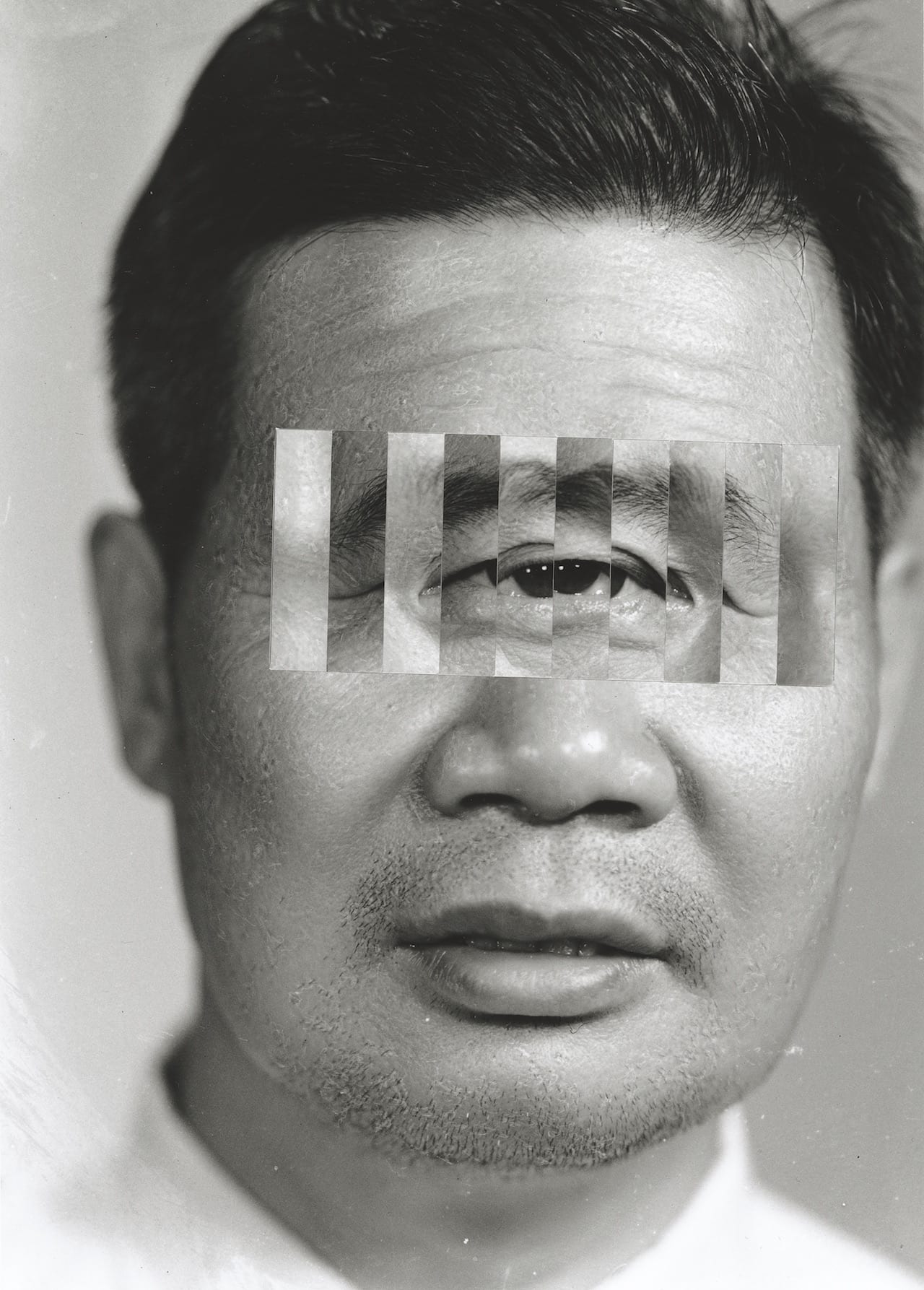
The collages of Kensuke Koike have been one of the purest forms of visual pleasure over the last two years. Videos of his working process on his Instagram account show him making miraculous reinventions of images with a single rip (his smoking woman), with a pasta machine (his dog), and with three-dimensional transformations (his sinking boat). It’s work that attracts because it seems so simple.
Take an old portrait of a loving couple, cut their eyes out, switch them around and the relationship takes a new direction. Cut a circle around the middle of a face, offset it a couple of inches, and you’re left with a pathway to that person’s interior. These are pictures that seem simple, but link up to ideas of image compression, ways of seeing, facial recognition and visual agnosias. It’s The Man who Mistook his Wife for a Hat in photographic form.
Koike’s work has attracted a loyal following, inspired countless copycat activities at photography workshops around the world, and invited collaborations from parties ranging from Gucci to Thomas Sauvin of Beijing Silvermine. It’s the Sauvin collaboration that resulted in Koike’s latest work, a book launched in November. Titled No More No Less, the publication came about after Koike was invited to work with Sauvin’s archive of old images that he recovered from Beijing silver-recycling centres.
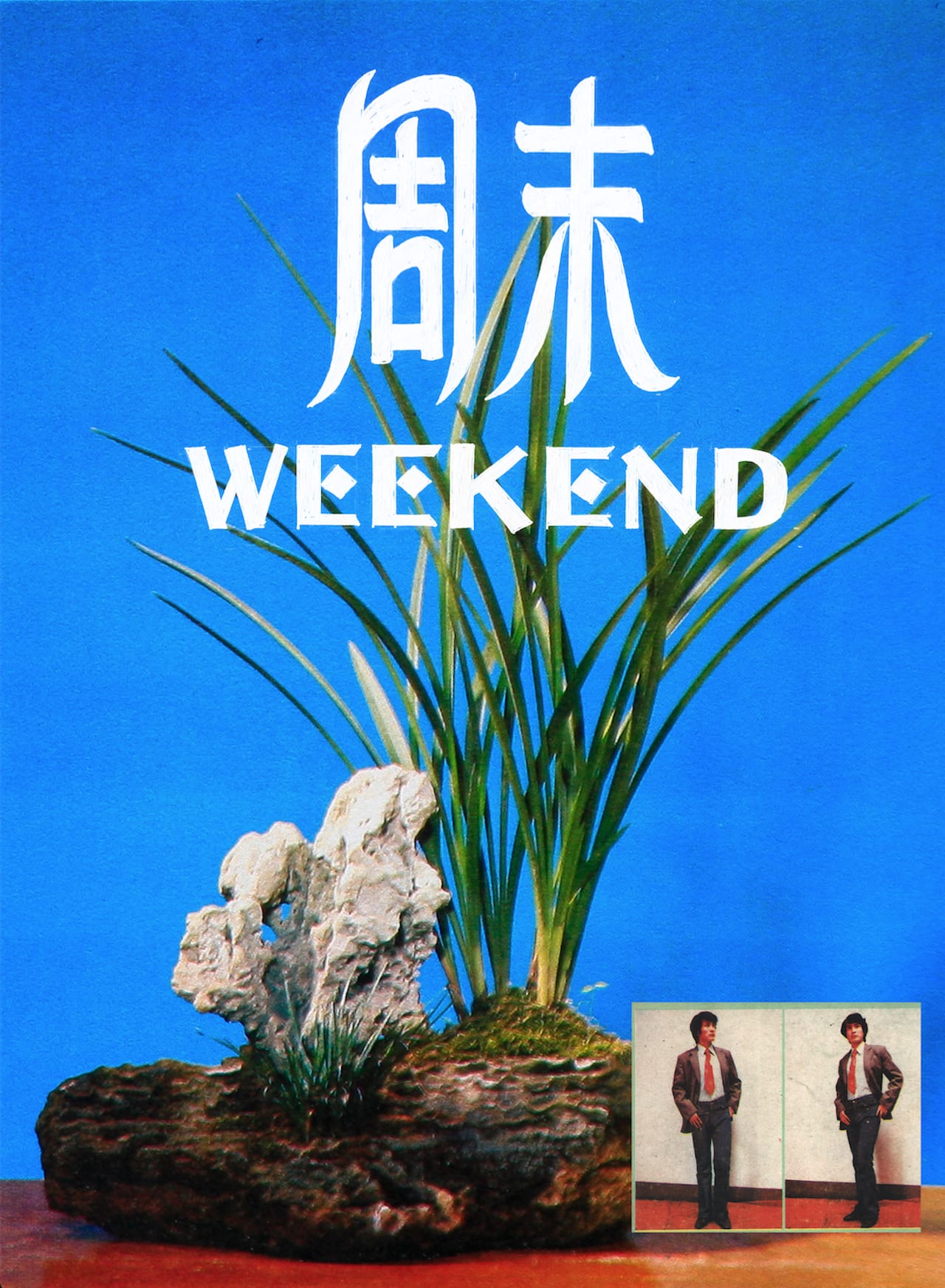
Chinese photographer Lei Lei has won the Jimei x Arles Discovery Award, giving him 200,000 RMB plus a spot in Arles’ prestigious Discovery Award exhibition and competition next summer. Born in 1985 and now living in Beijing and Los Angeles, the photographer won with the project Weekend, which uses archive images to consider history, nostalgia, and personal identity. Lei Lei’s previous projects include Hand-coloured, a joint series with French artist Thomas Sauvin which also features archive images, and which was exhibited at the Festival Images Vevey and previously published on bjp-online in December 2017.
Lei Lei was picked out from the 10 photographers shortlisted for the Discovery Award, all of whose work is currently on show in Citizen Square in Jimei, South East China. The other photographers included by the curators Dong Bingfeng, Li Jie, Chelsea Qianxi Liu, Holly Roussell and Wang Yan were: Coca Dai (1976), Hu Wei (1989), Pixy Liao (1979), Lau Wai (1982), Shao Ruilu (1993), Shen Wei (1977), Su Jiehao (1988), Wong Wingsang (1990), and Yang Wenbin (1996).
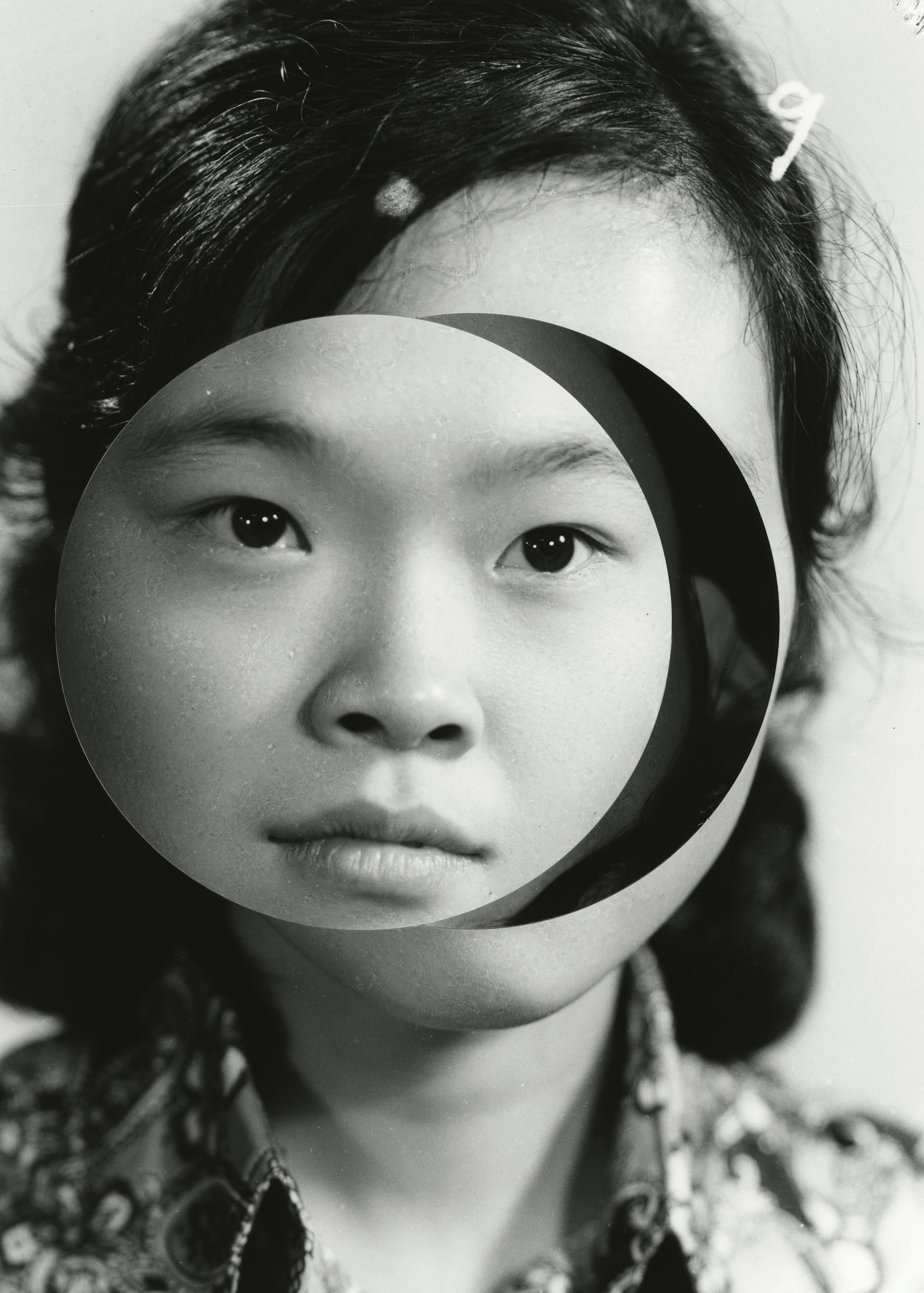
Paris Photo is the big one, but it isn’t the only photo fair in town next week. Held in a private mansion, a pp roc he makes a virtue out of its bijou size, hosting just 14 photographers in a private mansion in “a salon devoted to experimental photography practices”. Designed as an exhibition, this fair is accessible by reservation only, and includes celebrated photographers and galleries such as Ruth van Beek, brought by The Ravestijn Gallery; Daniel Shea, brought by Webber Gallery; and Maya Rochat, brought by Seen Fifteen. In addition, it includes “the a pp roc he sector”, a section showing two artists under the age of 40 not currently represented by a gallery (this section includes Thomas Sauvin & Kensuke Koike working together as a pair).
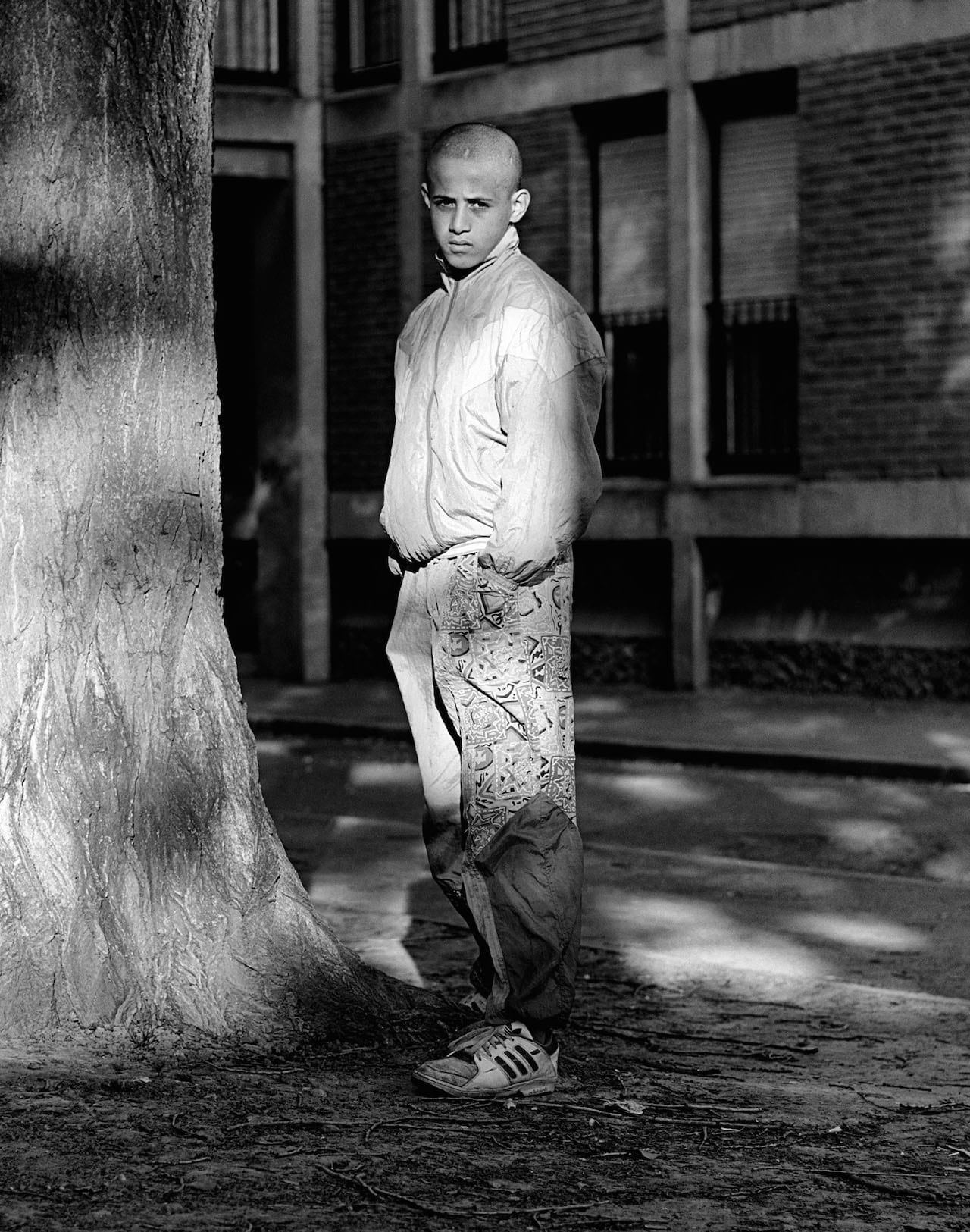
Nelli Palomäki, Justine Tjallinks, Denis Dailleux, Mark Seliger, Thomas Sauvin, Gilles Coulon, Mattia Zoppellaro and The Karma Milopp are all showing work in the Portrait(s) Photography Encounter – a festival devoted to pictures of people. Based in Vichy, France, the festival is now in its sixth year, and has been overseen this time by artistic director Fany Dupêchez.
Dailleux’s images were shot from 1987-1992, and show children based in the working class suburbs of Persan-Beaumont, Northern France; the images Sauvin is showing are also from the archives, but were taken by amateurs in China, and rescued by the French artist after the negatives were sent to the Beijing Silvermine to be melted down.
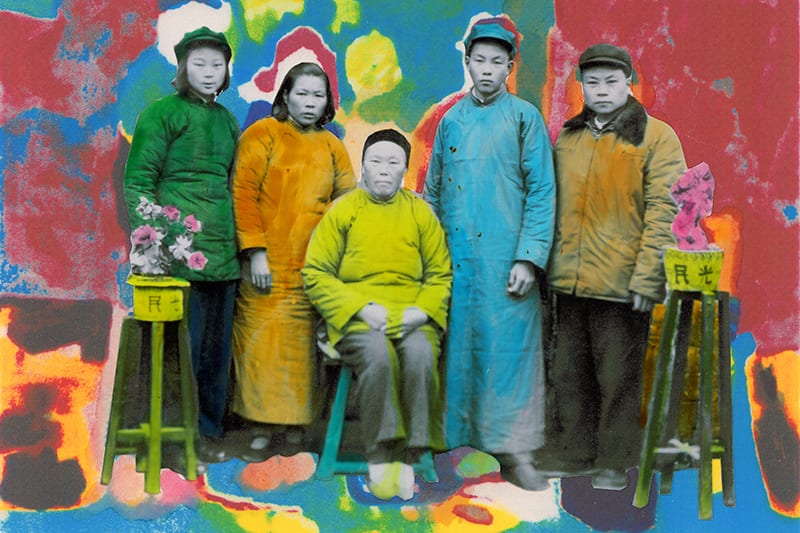
“I collect a lot of stuff, and sometimes I like to see it as raw material I could use to tell another story and do something new,” says Thomas Sauvin. Hand-colored, his project with Chinese animator Lei Lei, is a good case in point. A collection of 1168 images which have been scanned, reprinted and repainted in bright, deliberately artificial colours, it’s the opposite of the usual archive work. But it’s part of the Beijing Silvermine Archive, he says, a collection of negatives Sauvin first started up by salvaging strips from a recycling plant in the Chinese city.
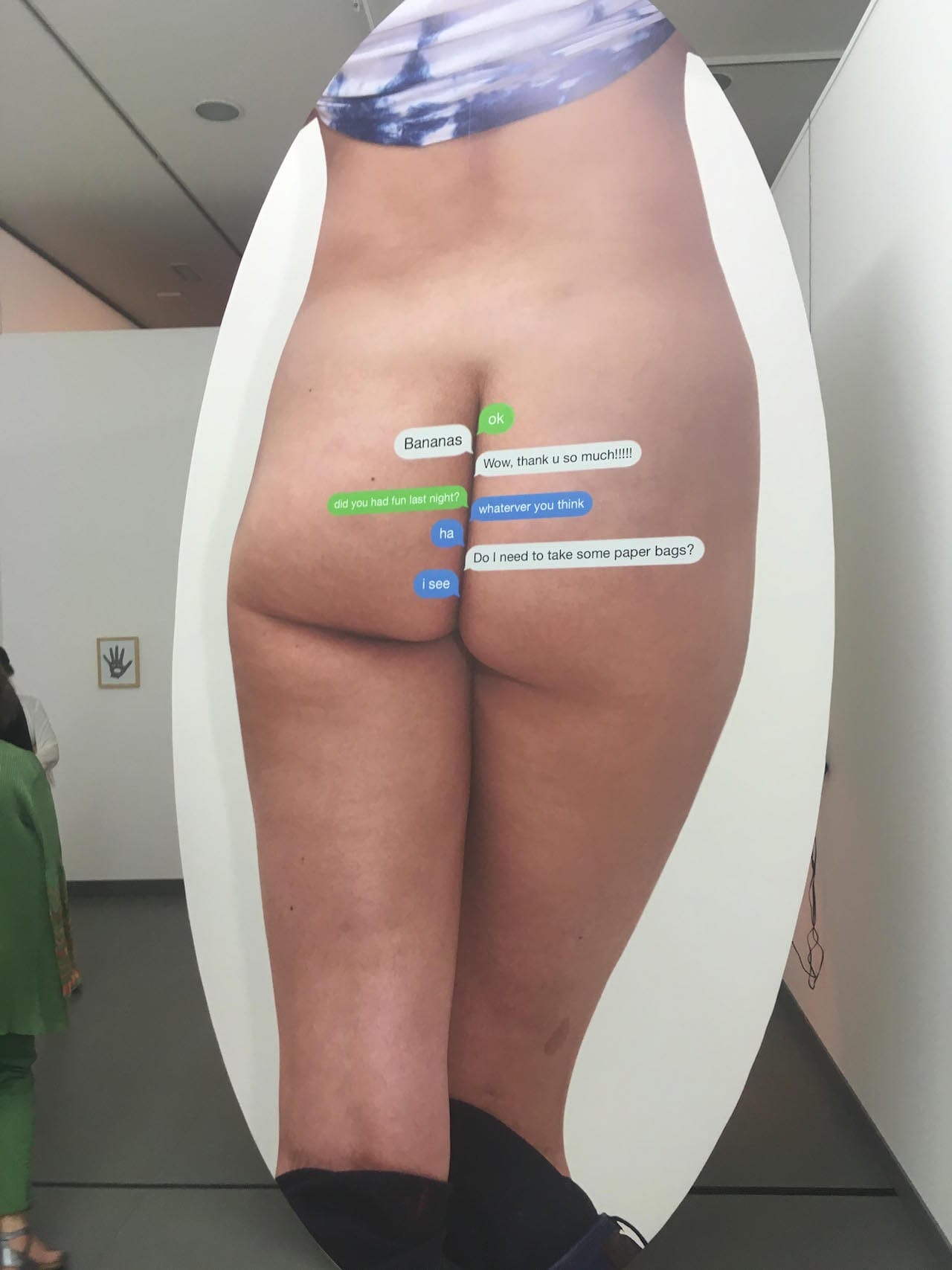
The Dutch creative director, artist and curator on the best photographic projects of 2016 and 2017